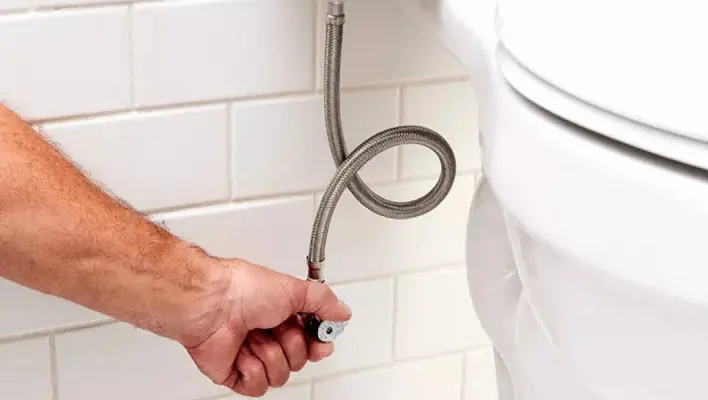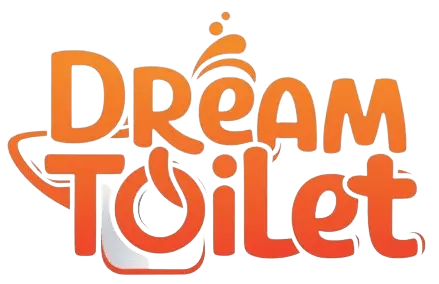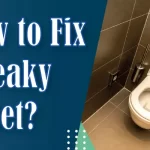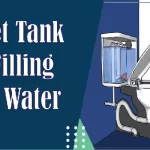How To Turn off Water To Toilet

When it comes to plumbing maintenance or making repairs in your home, knowing how to turn off the toilet water is a fundamental skill that can save you from potential disasters. Whether you’re dealing with a leaky toilet, replacing a faulty component, or simply need to shut off the water temporarily, mastering this essential task is key. In this comprehensive guide, we’ll walk you through the step-by-step process of turning off the water supply to a toilet and provide valuable insights on related aspects.
Also Read: Who Invented Toilets: A Historical Journey of Toilet Inventions
Content
Locating the Toilet Water Shut-Off Valve

The first step in the process is locating the toilet water shut-off valve. This valve is typically located on the wall behind or beside the toilet. It’s crucial to familiarize yourself with its position, especially in emergency situations. The shut-off valve is a small, round handle connected to a water supply line.
How to Turn Off Toilet Water: Step-by-Step Guide
1. Identify the Shut-Off Valve: Begin by identifying the shut-off valve. It may be positioned either to the left or right of the toilet, and sometimes it is located on the floor. The valve handle is typically round and can be turned clockwise or counterclockwise.
2. Position Yourself Correctly: To avoid any confusion about which direction to turn the valve, position yourself facing the toilet. In most cases, turning the valve clockwise (to the right) shuts off the water supply, but this can vary based on the valve type.
3. Turn the Valve Clockwise: Gently turn the shut-off valve clockwise until it is fully closed. This action will stop the flow of water to the toilet, allowing you to proceed with maintenance or repairs without the risk of water leakage.
4. Verify the Water is Off: After turning the valve, flush the toilet to ensure that the water supply is indeed turned off. If the tank does not refill, you have successfully shut off the water supply.
Understanding Variations in Shut-Off Valves
Not all shut-off valves are created equal, and there might be variations in design. Some valves have a lever that needs to be turned, while others may have a traditional round handle. Regardless of the design, the principle remains the same – turning the valve clockwise closes it, turning off the water supply to the toilet.
Emergency Situations: When Quick Action is Essential
In emergency situations, such as a sudden and severe leak, knowing how to turn off toilet water promptly can prevent significant water damage to your home. The ability to act swiftly is crucial, and being familiar with the location and operation of the shut-off valve is your first line of defense.
When to Turn Off the Water Supply to a Toilet
Knowing when to turn off the water supply to a toilet goes beyond just repairs. If you’re leaving your home for an extended period, turning off the water supply to the toilet can prevent potential leaks in your absence. It’s a precautionary measure that can save you from coming home to water damage and increased water bills.
Routine Maintenance: An Opportunity to Practice
Regular maintenance is an excellent opportunity to practice turning off the water to your toilet. Whether you’re replacing a fill valve, flapper, or performing a simple cleaning, turning off the water supply ensures a hassle-free experience. It also allows you to inspect the shut-off valve for any signs of wear or leaks, addressing potential issues before they become major problems.
Also Read: Troubleshooting Glacier Bay Toilet Problems
Conclusion
Mastering the art of turning off toilet water is a basic yet essential skill for any homeowner. In this guide, we’ve covered the step-by-step process, highlighted variations in shut-off valves, and emphasized the importance of knowing when to take this action. Remember, the ability to swiftly and confidently turn off the water supply to your toilet can be the difference between a minor inconvenience and a major household disaster. Whether you’re a DIY enthusiast or simply want to be prepared for the unexpected, this knowledge is an invaluable asset in maintaining a functional and leak-free bathroom.












